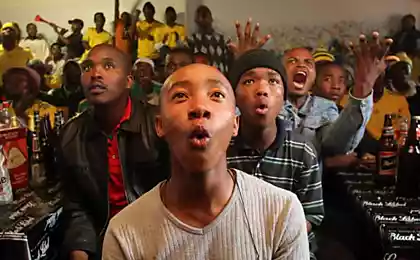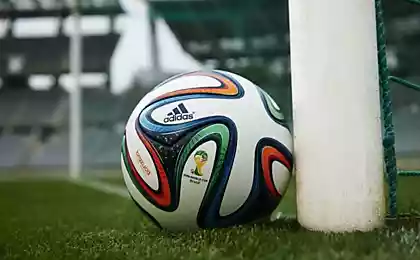1113
Football Facts

In 1872, the English Football Association has set the standard footballs. The circumference of the ball must be 27-28 inches (68-71 cm) and weighs 368-425 grams. Interestingly, the size of the ball has survived to the present day, and weight in 1937 increased to 410-425 grams and has since remained unchanged.
In the final match of the World Cup 1930 teams of Argentina and Uruguay for a long time could not agree on how to play the ball. Decided to play in the first half Argentine ball, and in the second Uruguayan. It is interesting that losing at halftime of 1: 2, the Uruguayans could turn the game around "their" ball and won 4: 2
In ancient times in games, something resembling a football, as soccer ball used skulls of animals or people, wrapped in the skin, bladder, cattle or pigs.
Since 1970, at the world championships play balls firm "Adidas". Each world championship company develops a unique new ball.
Naturally, the first soccer ball appeared in England - the home of football. But it is curious that now the descendants of the first manufacturers of footballs of making the balls for another national sport - rugby ...
After the victory of the Spanish team at the World Cup 2010 ball, which played in the final, was sold at auction for 78,808 dollars.
In 1999, the best player in the world has been recognized by the Brazilian Rivaldo. Received the prize "Golden Ball", he sawed it into 60 pieces, attach to each silver plate with his name. These unique gifts athlete gave those who believed involved in its success: teammates, coaches and even the cleaner in the locker room of the stadium.
80 percent of modern footballs made in Pakistan, with most of them in the city of Sialkot.
Scientists have created a soccer ball when striking able to produce and store electricity. Planned to sell it to poor countries. After playing in a ball just 15 minutes, you can charge the phone from him.
An interesting fact is that the official balls FIFA World Cup titles were frequently related to the culture of the host country. So, for the World Cup, held in 1986 in Mexico, the ball was created called Azteca - on the back panel of the ball were decorations in the form of Aztec patterns. World Cup matches held in 1990 in Italy, play ball Etrusco Unico - and the name and Etruscan lion heads remind us of the ancient Etruscan people living in the territory of modern Italy.
























